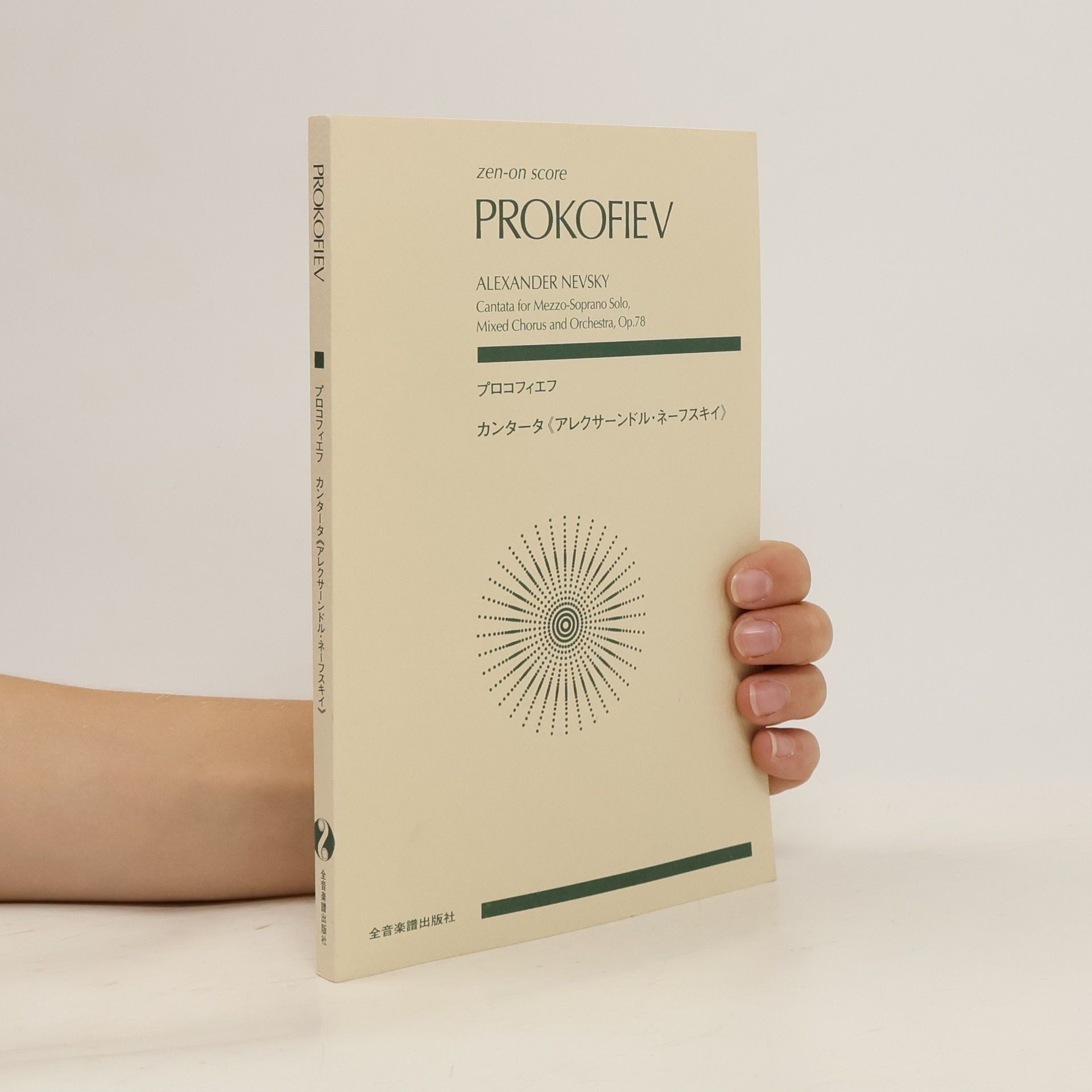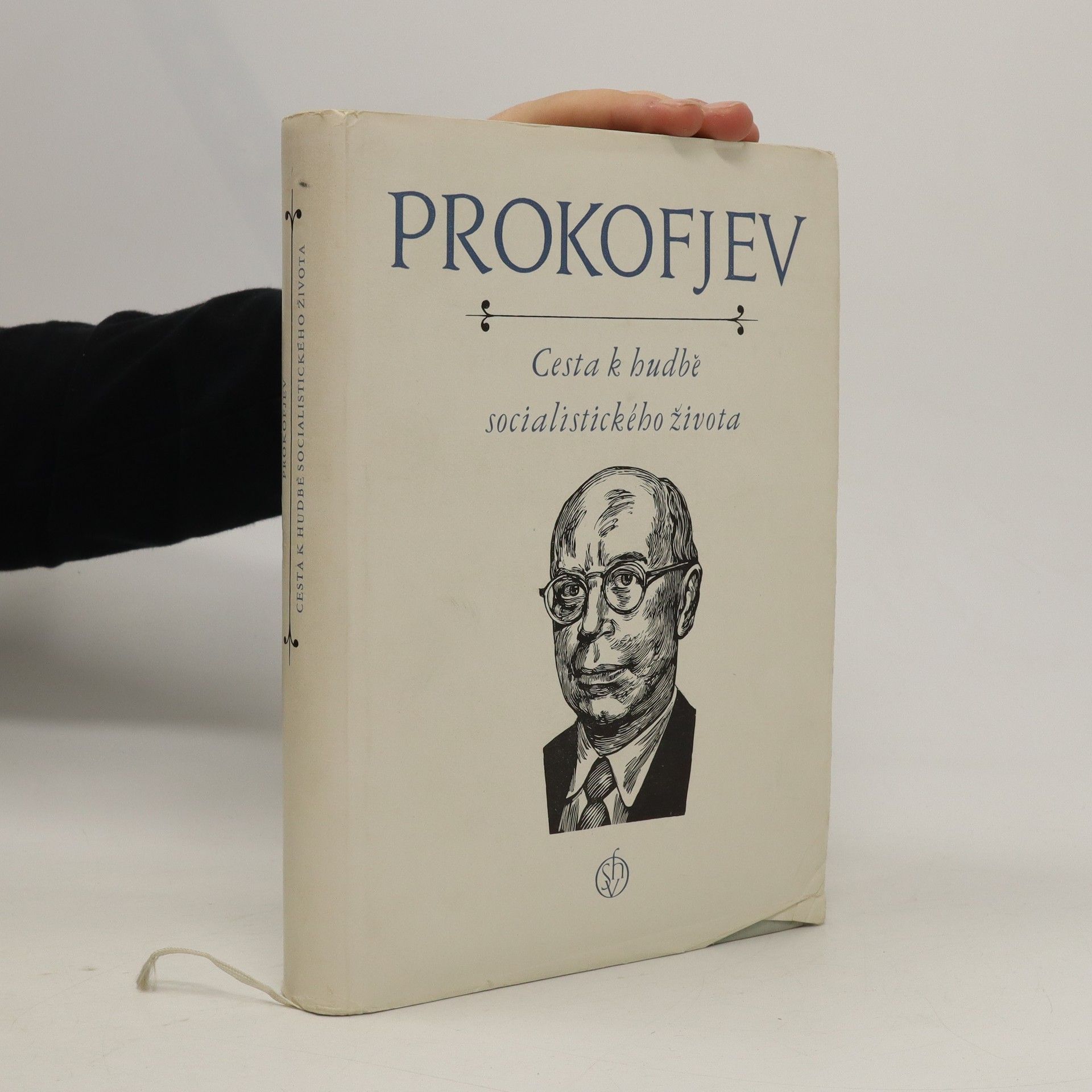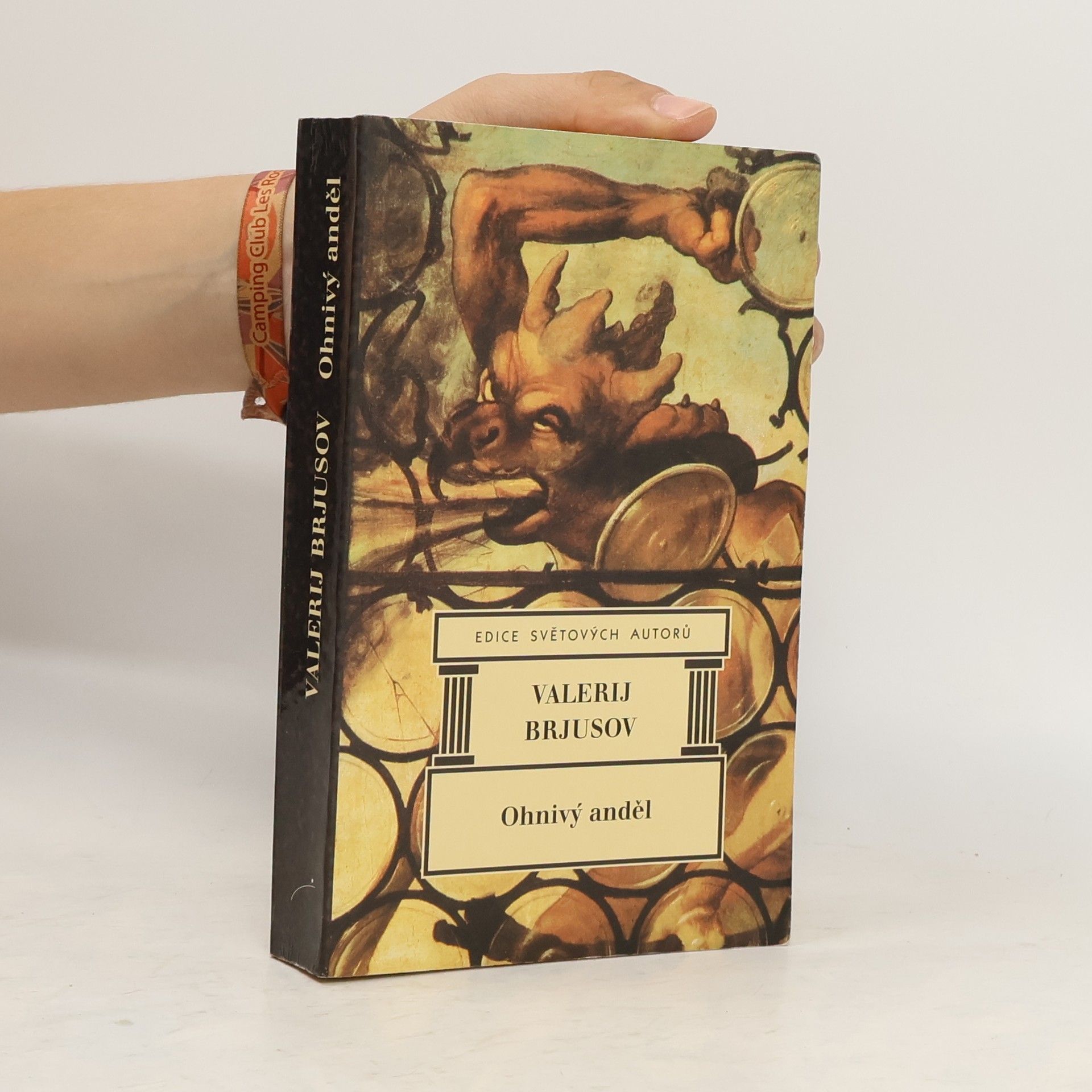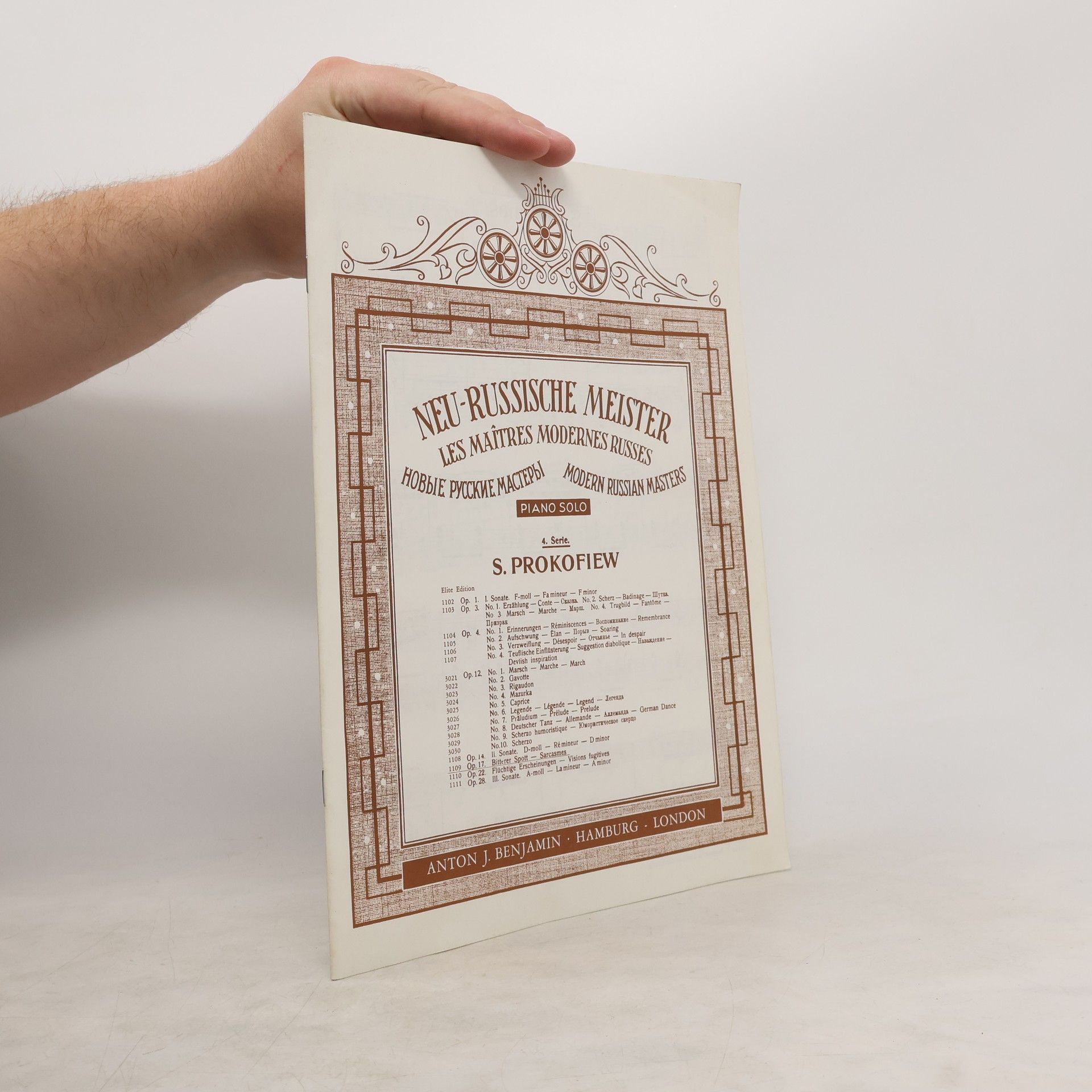Román je koncipován jako fiktivní memoáry ze 16. století, jejichž hrdinou je univerzitní student a později landsknecht, člověk světaznalý a talentovaný. 2. vydání Na obálce použito detailu obrazu Svatý Antonín Matthiase Grünewalda.
Sergej Sergejevič Prokofjev Knihy






"Zavrhl svět, v němž byl slavný. Chtěl pracovat pro svůj lid a pro budoucnost. Zakusil mnoho zkoušek, avšak neklesl na duchu. Nevzdal se, a zemřel duševně mlád, odvážný, nesmiřitelný." Tak vzpomíná na Sergeje Sergejeviče Prokofjeva významný sovětský spisovatel Ilja Erenburg. Rozsáhlé hudební dílo Prokofjevovo je pro nás spjato s prvními 35 lety rozmachu Sovětského svazu. Přestože žil od roku 1918 v cizině - koncertoval v Americe, ve Francii i jinde - neztrácel spojení se svou vlastí a vždy vystupoval jako stoupenec sovětského zřízení. Na Západě dosáhlo jeho umění jako skladatele i jako klavíristy vysokého uznání. Začátkem třicátých let však na S. S. Prokofjeva stále tíživěji doléhá odloučení od vlasti. Po úspěšných koncertních cestách v SSSR vrací se nakonec natrvalo. Již za pobytu v cizině usiloval o hudební vyjádření nového společenského řádu, který zvítězil v jeho vlasti. Tím více se tomuto úkolu sovětského umělce věnoval doma. Svědectvím o tom jsou mnohé články, týkající se soudobé hudby, i vzpomínky jeho přátel. V současnosti nebyla vždy Prokofjevova hudba plně chápána a oceňována. S odstupem doby však stále jasněji vystupuje význam jeho díla pro další vývoj hudby socialistického života.
Alexander Nevsky, Op. 78: Score
- 192 stránek
- 7 hodin čtení
A group of inventive kids launches a website to help others find answers to their questions. When a visitor inquires about the true meaning of Christmas, they embark on a journey through Old Testament prophecies. Their exploration uncovers a captivating narrative revealed through a series of "S" words. Featuring imaginative characters, witty dialogue, and engaging music, this children's Christmas musical promises an enjoyable performance experience for kids.
Peter & The Wolf
- 64 stránek
- 3 hodiny čtení
Retells the orchestral fairy tale of the boy who, ignoring his grandfather's warnings, proceeds to capture a wolf.
The first numbered symphony by Prokofiev was largely composed during a retreat from the turmoil of Petrograd amidst the February revolution. Drawing inspiration from Haydn and Mozart, it showcases a clear and light orchestration reminiscent of Mozart's style. The symphony was completed on September 10, 1917, and premiered on April 18, 1918, with Prokofiev himself conducting the newly established State Orchestra, previously the Tsar's Court Orchestra.
Sergey Prokofiev Diaries 1924-1933: Prodigal Son is thefinal volume in the critically-acclaimed Prokofiev Diaries.
Sergey Prokofiev: Diaries 1907-1914: Prodigious Youthis an inexhaustibly rich portrait of one of the most vibrantperiods in the whole of Western Art,indispensable for all lovers of Prokofiev.

